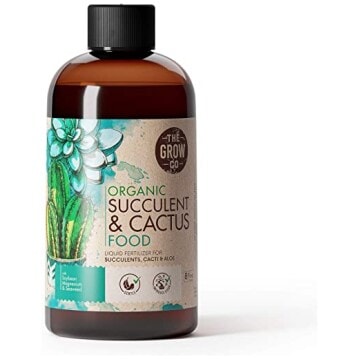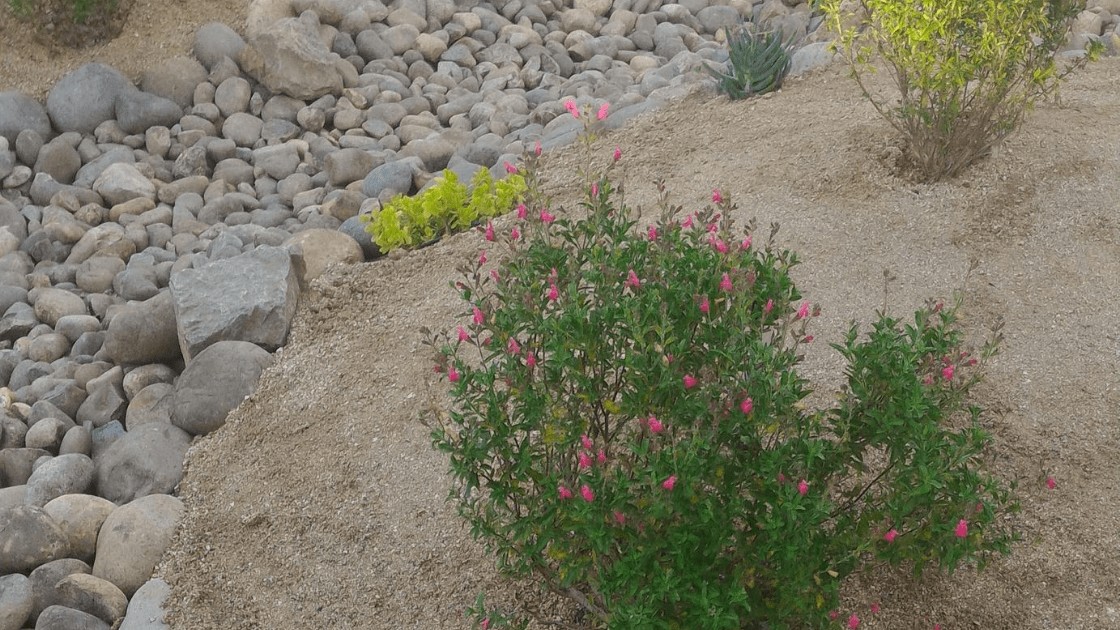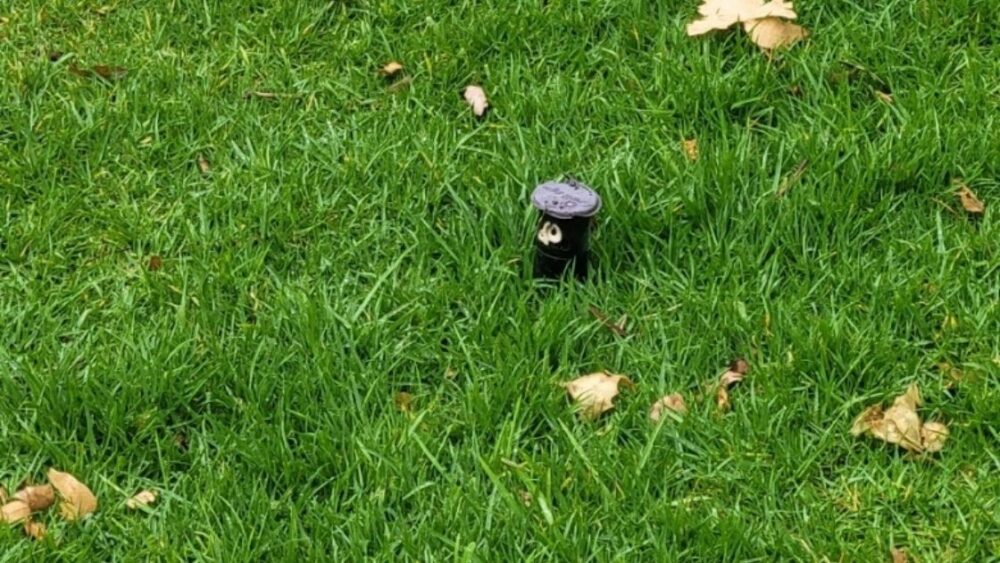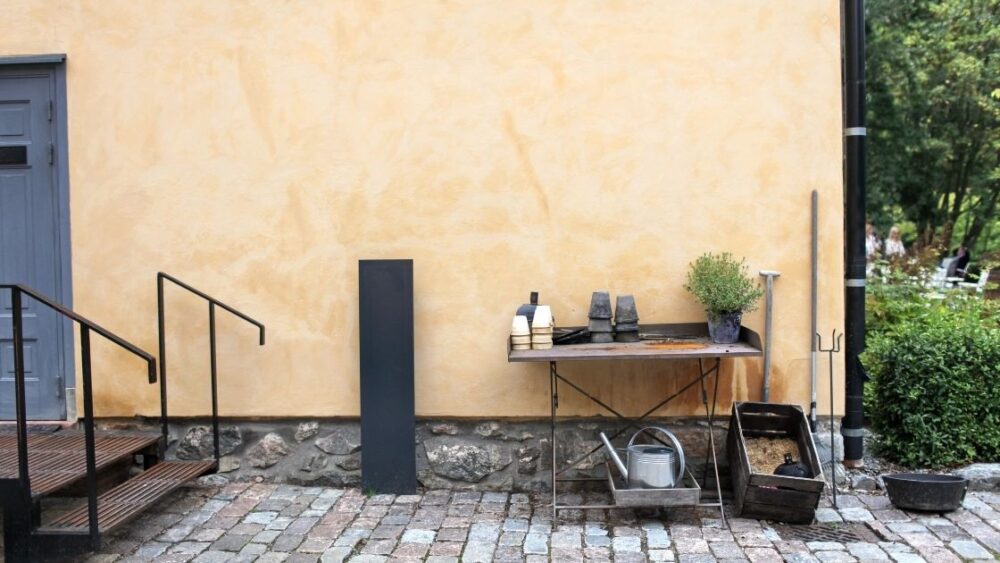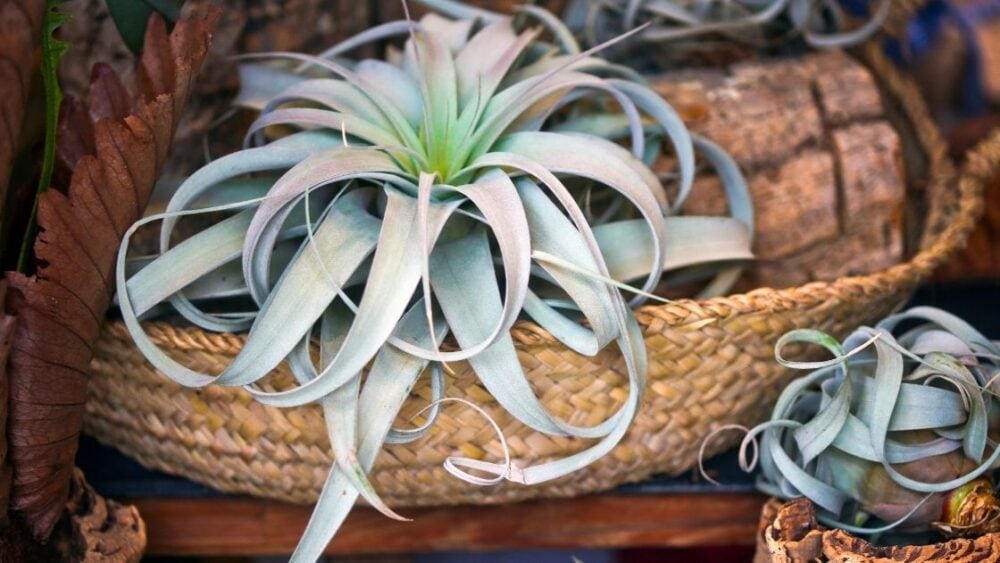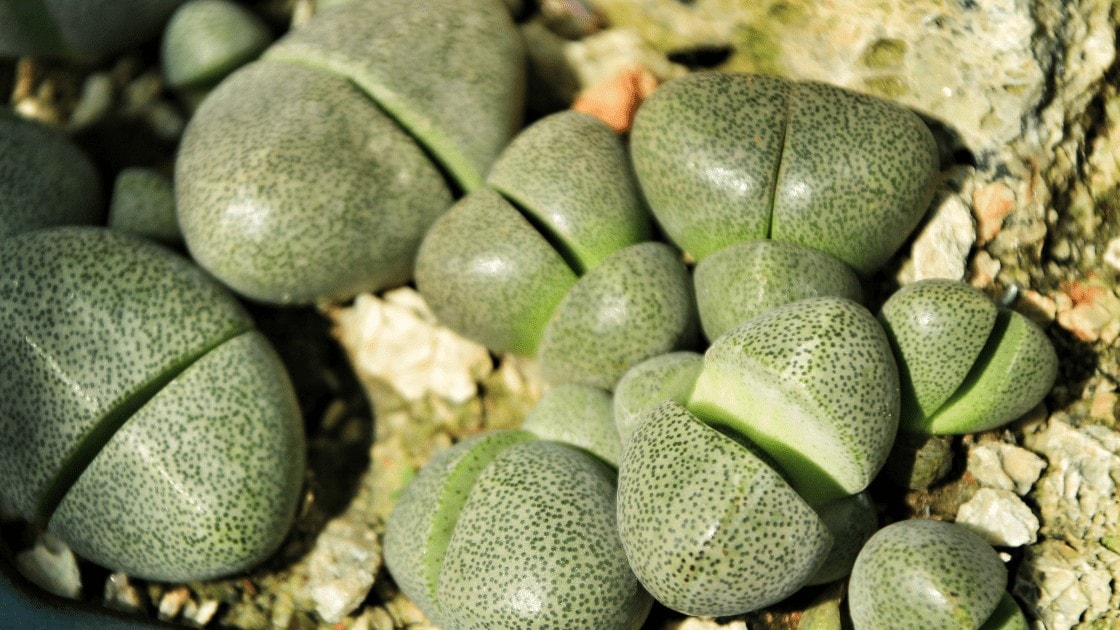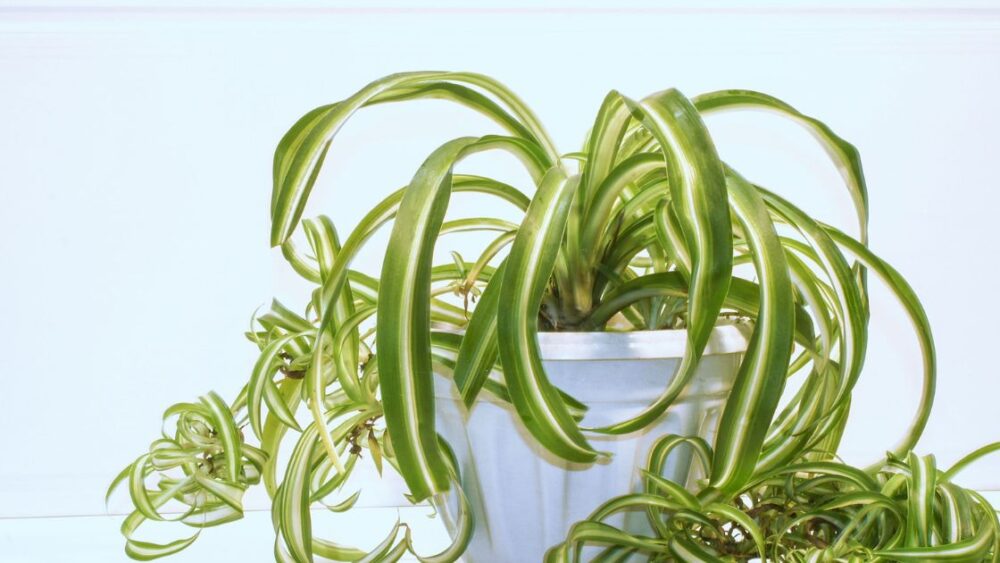
Echeveria subsessilis also known as a “Morning Beauty” has an attractive bluish-grey rosette coupled with slight tinges of lilac to pink on the margins of the leaves that gives the appearance of a morning skies. These gorgeous succulents also come in a variety of color that are fairly easy to care for, while staying relatively small in size.
In this article, we will discuss this beautiful succulent while giving tips on growing and caring for your Morning Beauty.
What Are Echeveria Subsessilis Succulents?
Echeveria subsessilis also known as the Morning Beauty Succulent plant is a stunning rosette that may vary from grey-green to bluish-green. The leaves are spoon-shaped with tips and margins that have a tinge of pink color. The coating of the leaves is waxy that gives the soft and powdery look to it. The stalks display orange and pink blooms.
Browse our Affiliate Products
These plants are most ideal in rock gardens, warm climate, or container gardens but they can also sit happily on the windowsill like an indoor plant.
Why Are They Called Morning Beauty?
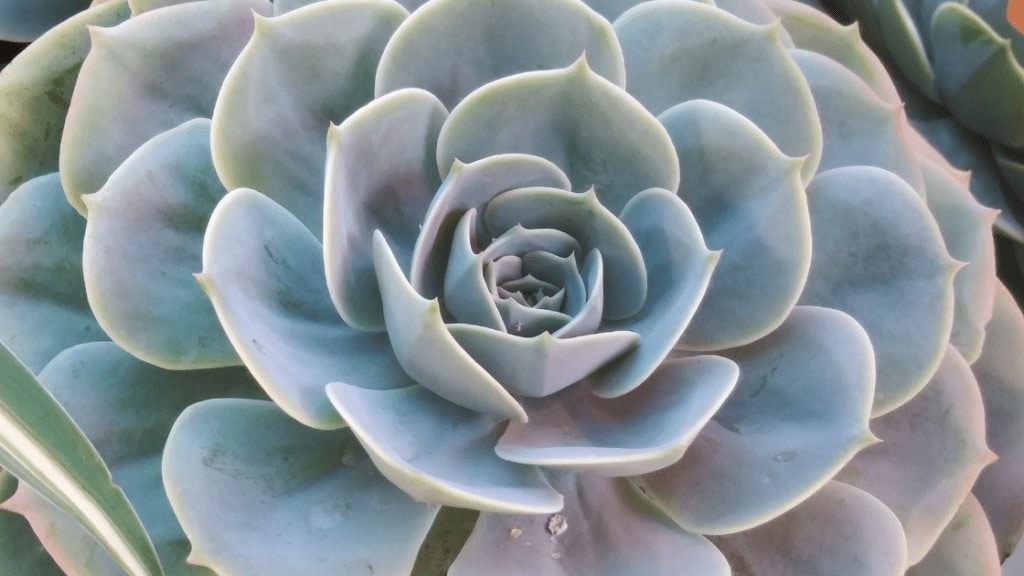
The Echeveria Subsessilis is also known as the Morning Beauty Succulent because of the bluish-grey tinge and the pink margins on the leaves. This is where the colors of the morning resembles this gorgeous succulent, and as such is known as “Morning Beauty”.
How Big Does The Morning Beauty Get?
The height of these succulents can vary from a few inches to 4 to 5 feet tall. The width may range from 3 to 4 inches with beautiful rosettes of 3 inches.
The plants may have stems or be completely stemless. The 3 inches rosette patterns have either spatulated leaves or just flat triangular-shaped leaves.
For more information about potting and pots, check out our link below. What is the perfect pot for my plants?
Do They Do Better Indoors or Outdoors?
Echeveria subsessilis Morning Beauty plants require strong light. If you are planning to plant these in your garden, ensure adequate sunlight. The plants grow well when full or partial sunlight is provided. It is advisable to grow Morning Beauty outdoor instead of indoor.
You can keep these indoor plants in colder climates too but Echeveria plants may not survive in drought conditions.
Outdoor Echeveria plants are a brilliant addition to your rock garden or succulent garden. They also thrive well as container plants.
No matter where you decide to keep your Morning Beauty; outdoors or indoors, it is extremely important to provide plenty of sunshine, adequate water (over-watering can be harmful), and sufficient fresh air.
How Much Sun Do Morning Beauty’s Need?
Echeveria Morning Beauty plants grow extremely well in full sunlight or partial shade. This varies from region to region.
The care requirements of these succulent plants may somewhat vary from one type to another. Generally, they need well-drained soil, airy potting mixture, full or partial sunlight, and minimal water when they mature.
The best temperature range for these plants may be between 70 to 80 degrees Fahrenheit.
What Type of Soil is Required for Morning Beauty ?
Morning Beauty Succulent requires porous soil and adequate drainage. You can use containers or pots that have drainage holes. Plant these succulents in a well-drained soil mix that contains 50 to 70 percent of mineral grit like coarse sand, pumice, sand, or perlite.
Echeveria requires minimum watering, like other succulents. So, allow your soil to first dry completely after you have watered the soil. Do not water more than once or twice a week.
During their growing season, water the succulents thoroughly periodically but do not forget the dry the soil completely before you water the plant again.
You can prepare the succulent soil mixture by mixing sand with the usual indoor plant potting mix in a 1:1 ratio or you can purchase the soil mix from the nearest plant shop.
For more information about soils, check out our article below. What Are The BEST Potting Soils for Every Type of Plant?
Is Feeding Recommended?
Just like any other succulent plant, Echeveria Subsessilis also like to have infrequent watering while prefering warm and dry conditions once the plant matures.
If you notice that the leaves are wrinkling, it means that the succulents require more water. You may also need to fertilize the Morning Beauty succulent during the hot summer months. You may use liquid fertilizers with half strength.
How Often Should You Water Morning Beauty’s?
Once you have watered the plants, let the soil dry itself completely before you water it again. Generally, watering is required only once or twice a week.
For more information on drip systems for succulents, check out our article below. Garden Ideas: How Effective Is Drip Irrigation on Succulents?
Are Morning Beauty’s Easy to Propagate?
Similar to other succulents, Echeveria too grows from seeds. But if you propagate through the offsets produced at the plants base and leaf cuttings, it will offer great results.
Propagation is done best in either summer or spring. All you need to do is remove offsets with a knife and plant them in individual containers. If you are propagating from the leaf cuttings, remove the leaves from the succulent. Just a few of them, mainly the mature ones. Then allow the leaves to dry for around 24 hours. Place the ends which have been cut in a moist potting mix for succulents.
Do not cover the pot because your succulents will rot in the presence of moisture. Place the tray or pot in an airy, warm area with full or partial sunlight.
Periodically mist the soil but do not overwater it. You will notice roots will sprout from the leaves within 30 days. If the plant has matured, it is time to transfer it to a pot.
What colors do Morning Beauty’s Come In?
The Morning Beauty succulent comes in an attractive bell-shaped rosette in different colors, from fire red to palest white. You will find the following varieties of colors –
- Blue-green
- Bright green
- Purple Echeveria
- Dusty grey
- Pink
- Red
- Black
These pretty colors of Echeveria depend on the growth habits and their attractive plump leaves have a wide range of shades, that perfectly contrasts with the foliage’s background color.
When is The Best Time to Plant Your Morning Beauty?
If you are planning to grow your Morning Beauty, make sure you get good quality, fresh seeds. Fresher seeds give increase the possibility of germination. The best time to plant your Morning Beauty is either in summer or spring. They usually take around 2 to 3 weeks to start germinating. It may take around 1 to 3 years for the seedlings to fully mature.
Do They do Well in the Winter?
During winter, Echeveria tends to lose most of its leaves. Hence, you must move these succulents somewhere indoors. These plants cannot tolerate temperatures below 40 degrees Fahrenheit.
There is a threat of frosting during winter which can be harmful to your plants. Once winter is over, you can move it outdoors again.
What Other Types of Echeveria Are There?
100 species of Echeveria can grow in your house or garden. Some of the popular and most colorful Echeveria have been mentioned below –

Echeveria agavoides (looks like Agave plants) (As shown above)
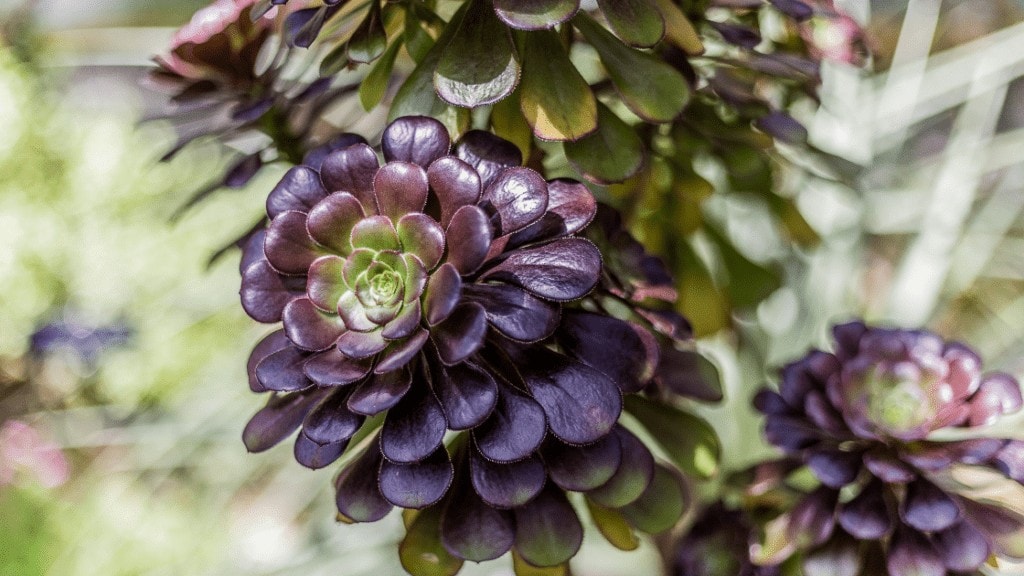
Echeveria elegans Echeveria Black Prince (As shown above)
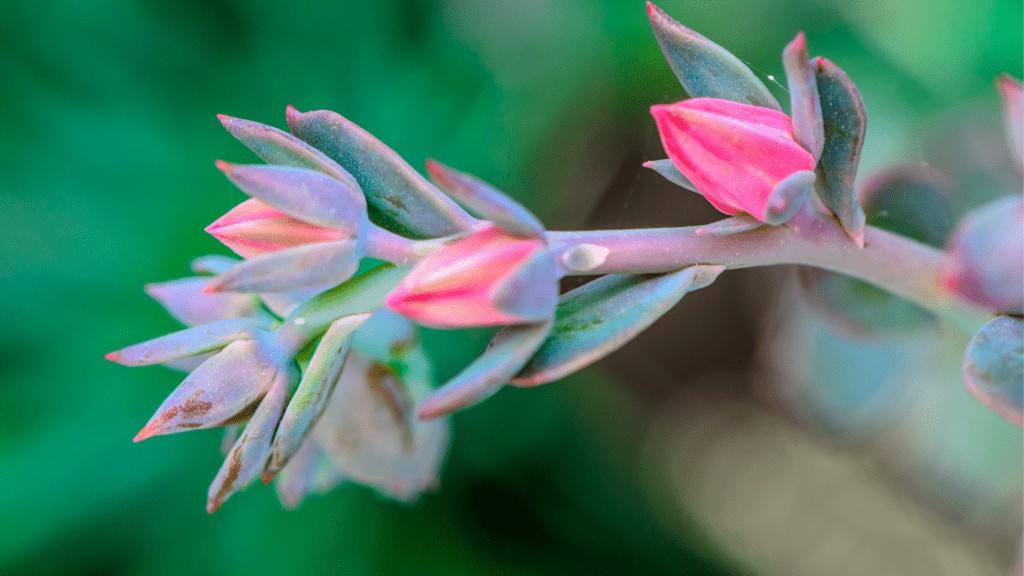
Echeveria Afterglow (wide powdery leaves, pinkish-purple edges) (As shown above)
Echeveria Perle Von Nurnberg
Echeveria imbricate (bluish-green leaves, tight rosettes)
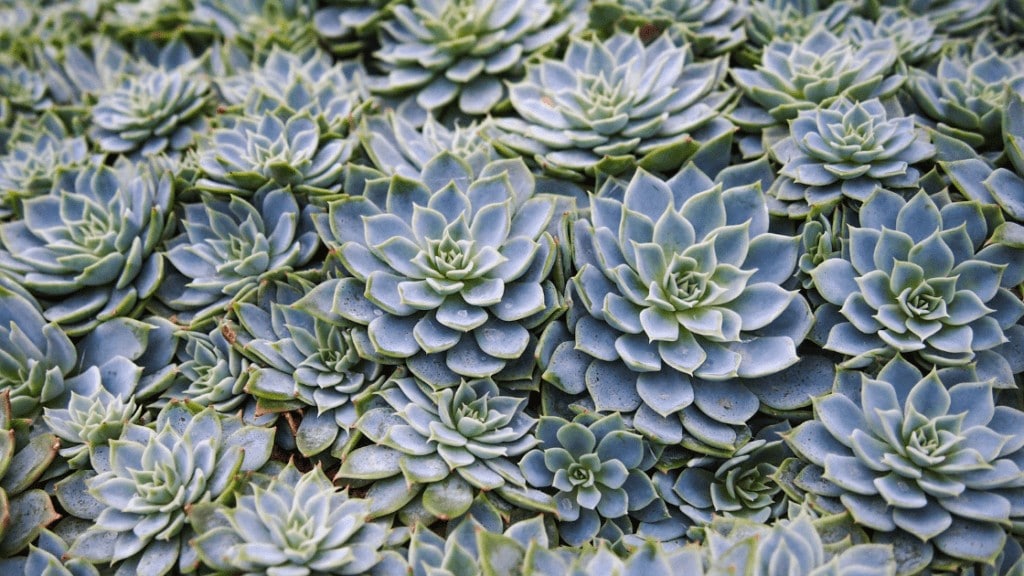
Echeveria lilacina (also known as Ghost Echeveria, silver-grey leaves, drought-tolerant, slow-growing) (As shown above)
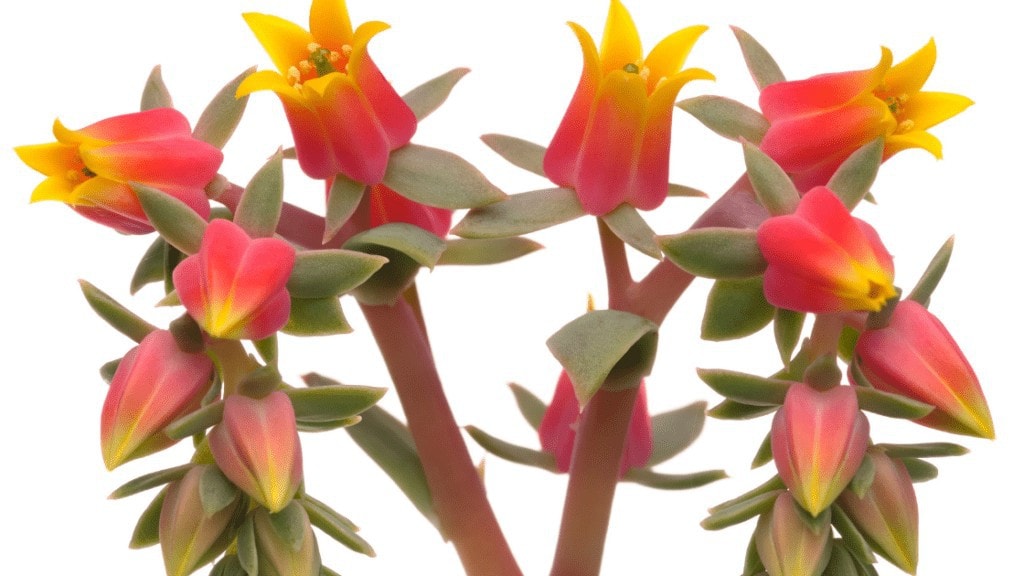
Echeveria peacockii (rich green leaves, avoid overwatering) (As shown above)
Echeveria setosa

Echeveria lola (lavender color leaves) (As shown above)
Echeveria pulidonis
Echeveria laui
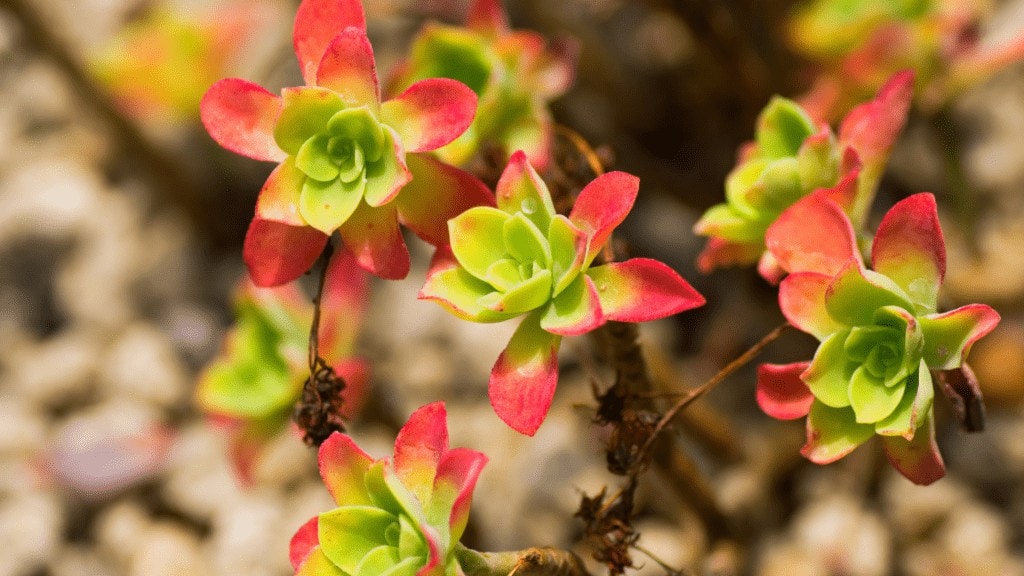
Echeveria nodulosa (also known as Painted Echeveria, multi-colored rosette with red border) (As shown above)
Echeveria subsessilis (also known as Morning Beauty, bluish-green or grey leaves with a pink color on the margins)
Echeveria runyonii (also known as Topsy Turvy)
Echeveria shaviana
Echeveria cante (also known as White Echeveria)
Echeveria prolifica (also known as Pink Edged Echeveria, yellow, small bell-shaped leaves)
Echeveria pulvinate (tiny rosettes, green leaves)
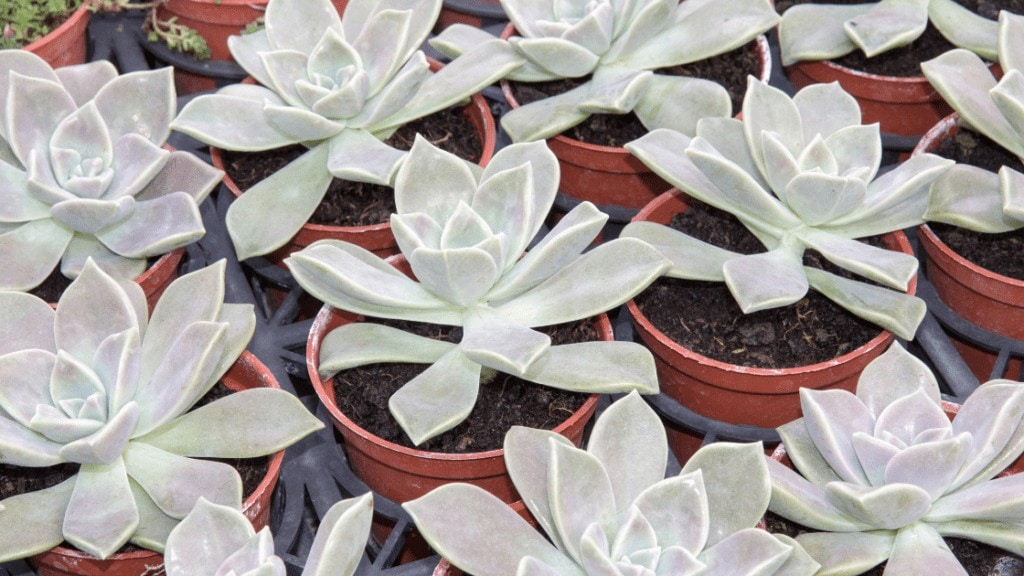
Echeveria glauca (As shown above)
When Does Echeveria Subsessilis Bloom?
Echeveria subsessilis or the Morning Beauty Succulent has unique colors and features that blooms only during the spring. Once it blooms, the flowers turn yellow-orange. You can display these beautiful succulents in a nice pot since it as a great addition to the collection of succulents and plants.
What is Recommended After it Blooms?
Be it any species of Echeveria, not much maintenance or grooming it required once it blooms. All you have to do is occasionally, remove all the dead blossoms and leaves. These plants are extremely easy to groom and care for. They are fairly drought tolerant. They are self-pruning.
Final Thoughts
The Morning Beauty succulents look stunning in bluish-grey leaves and pink borders. They grow during spring and summer and is extremely easy to maintain them. All you have to do is water the plants only when the soil is completely dry and do not overwater the soil. Provide drainage holes in the pots so that excess water can drain out which keeps the plants away from rotting. These succulents do extremely well outdoors with full sunlight or under partial shade. Low temperatures can be malicious for the plants and hence, they must be kept indoors during winter to prevent the risk of frosting. Happy Gardening.




